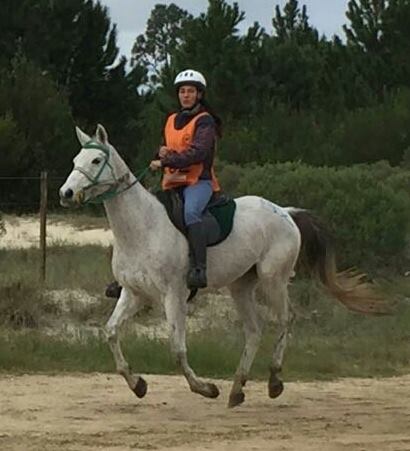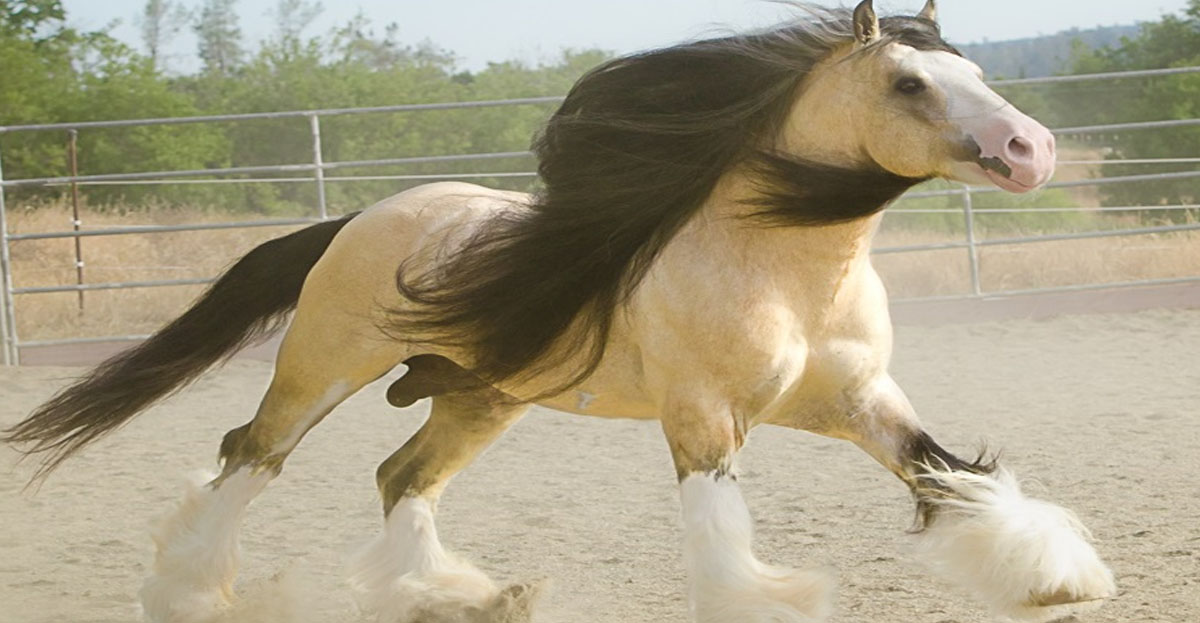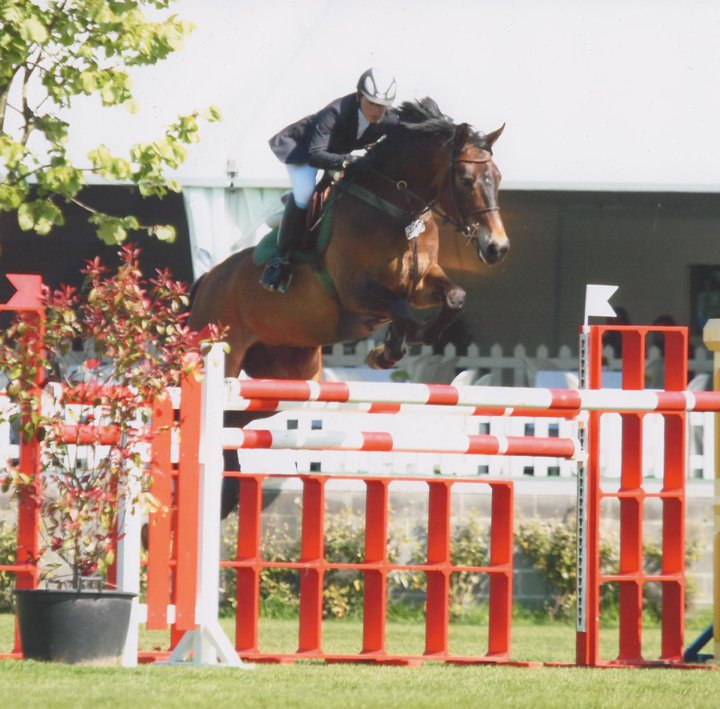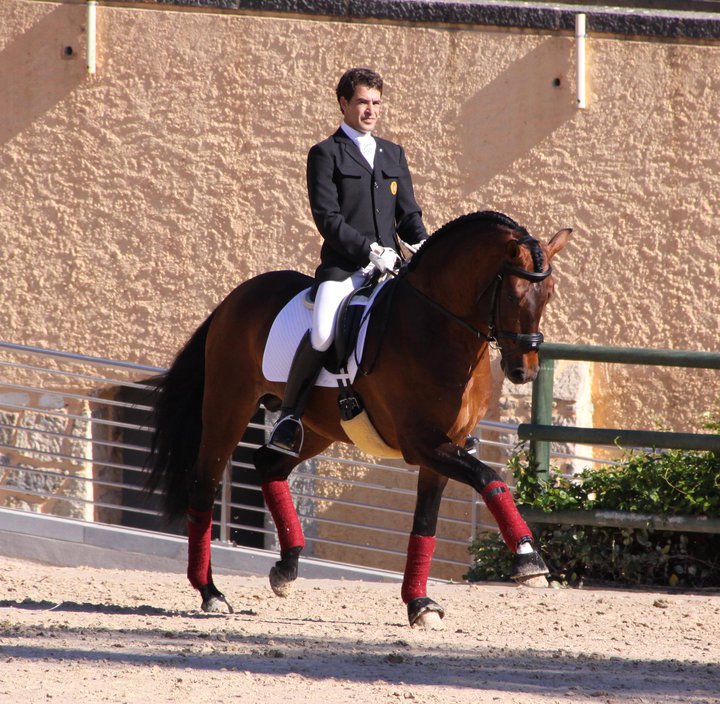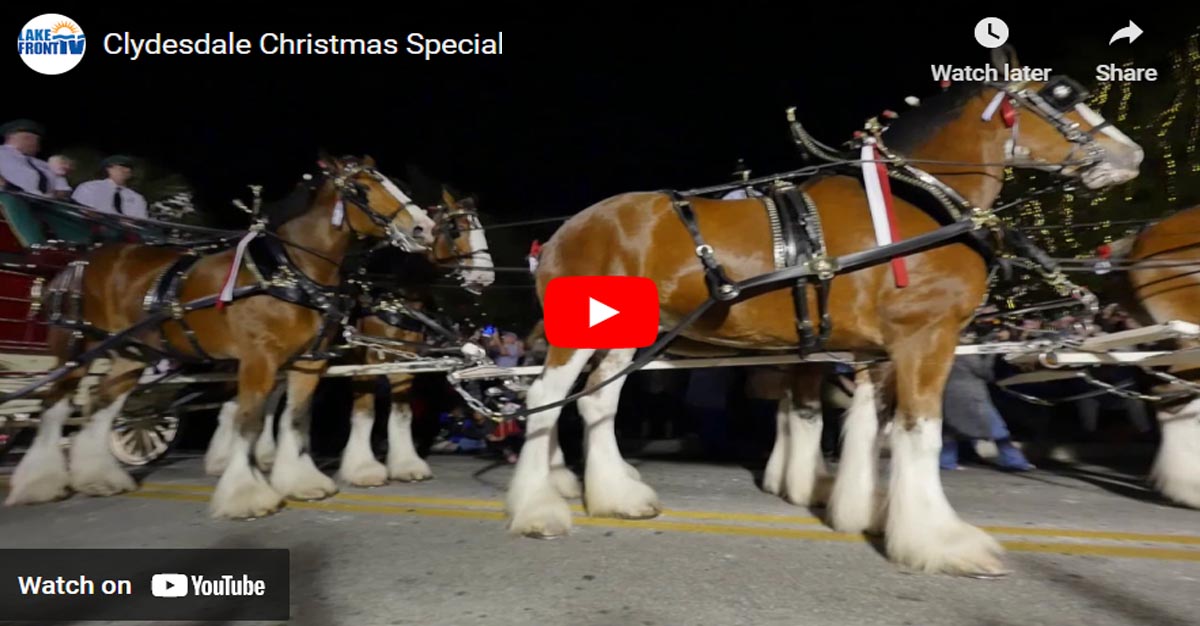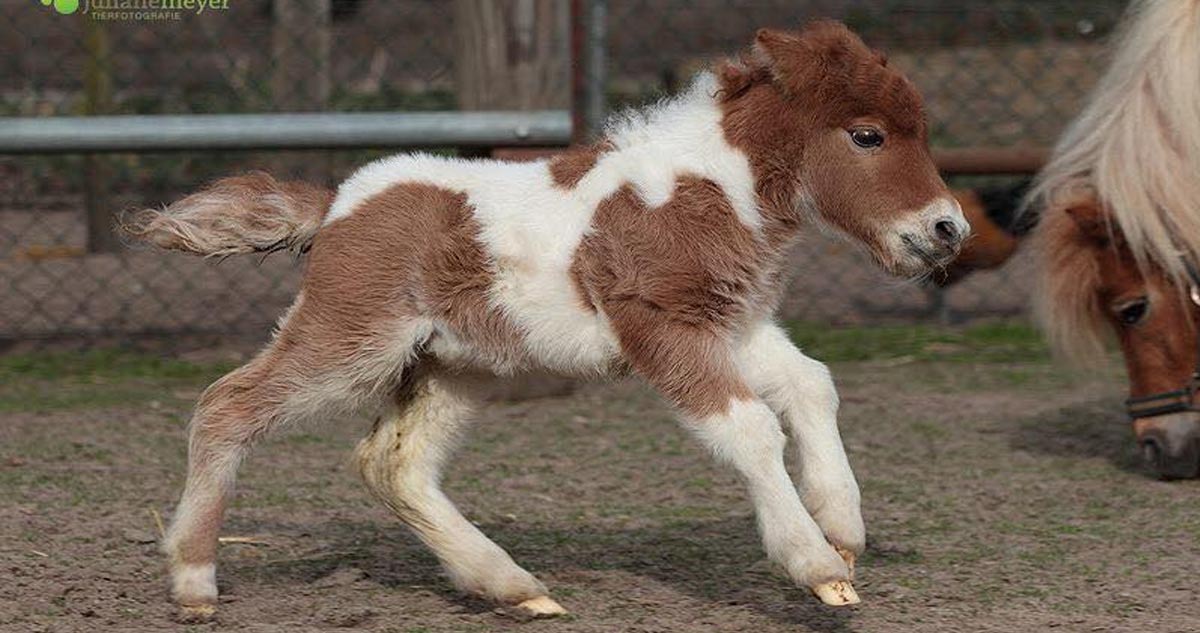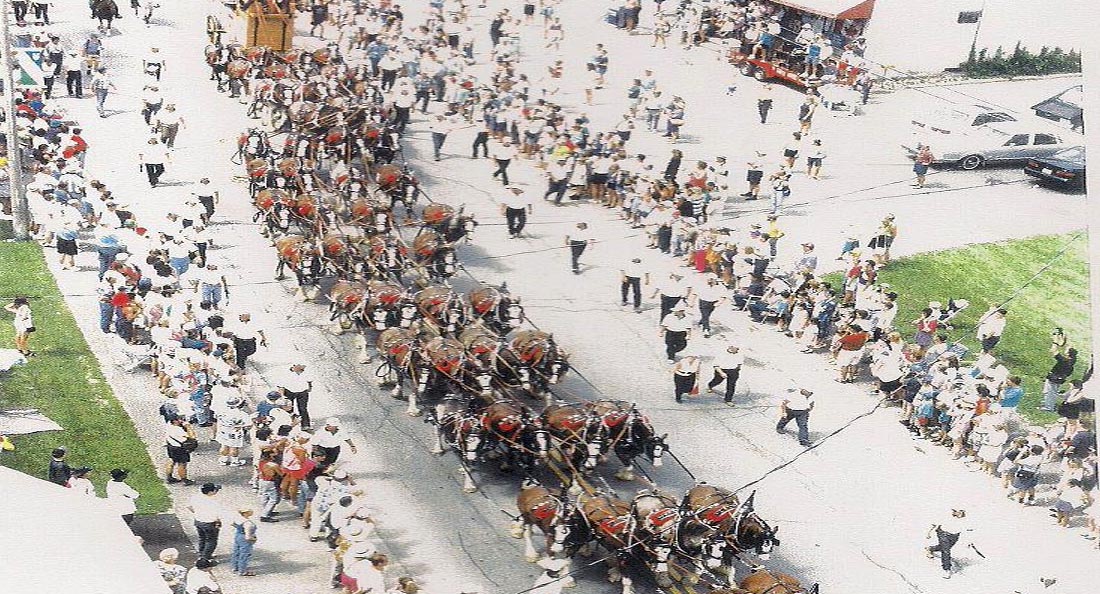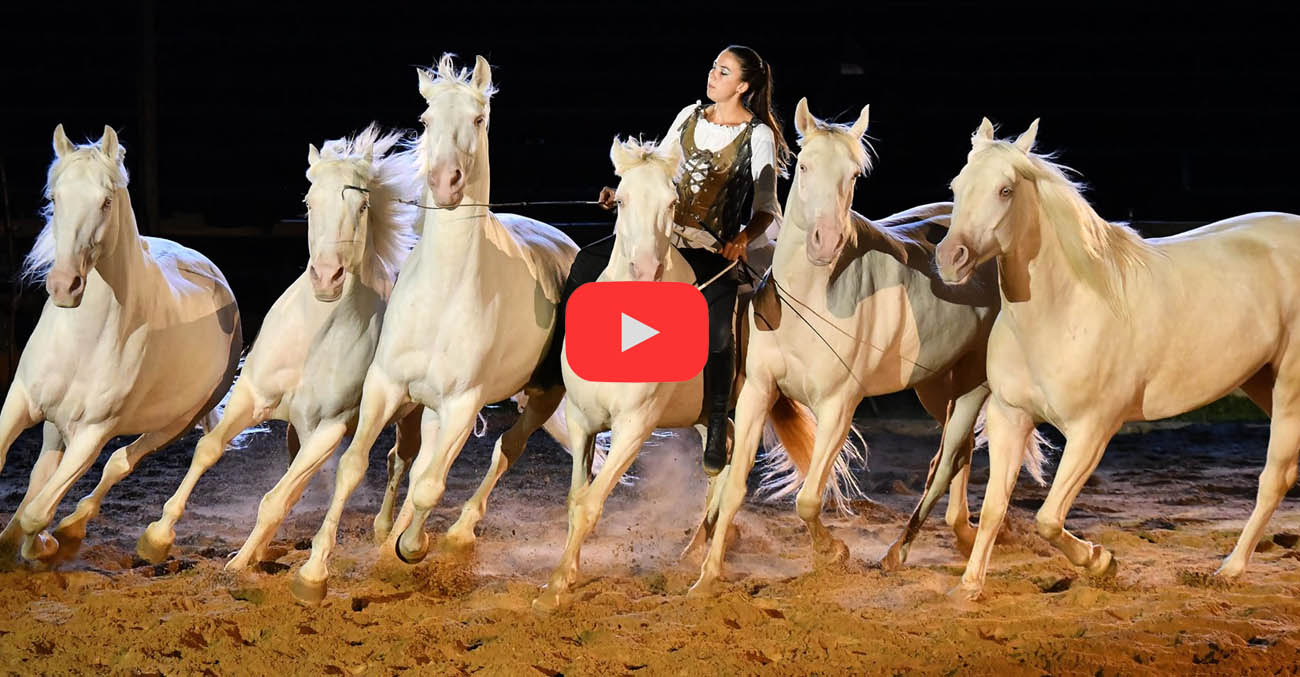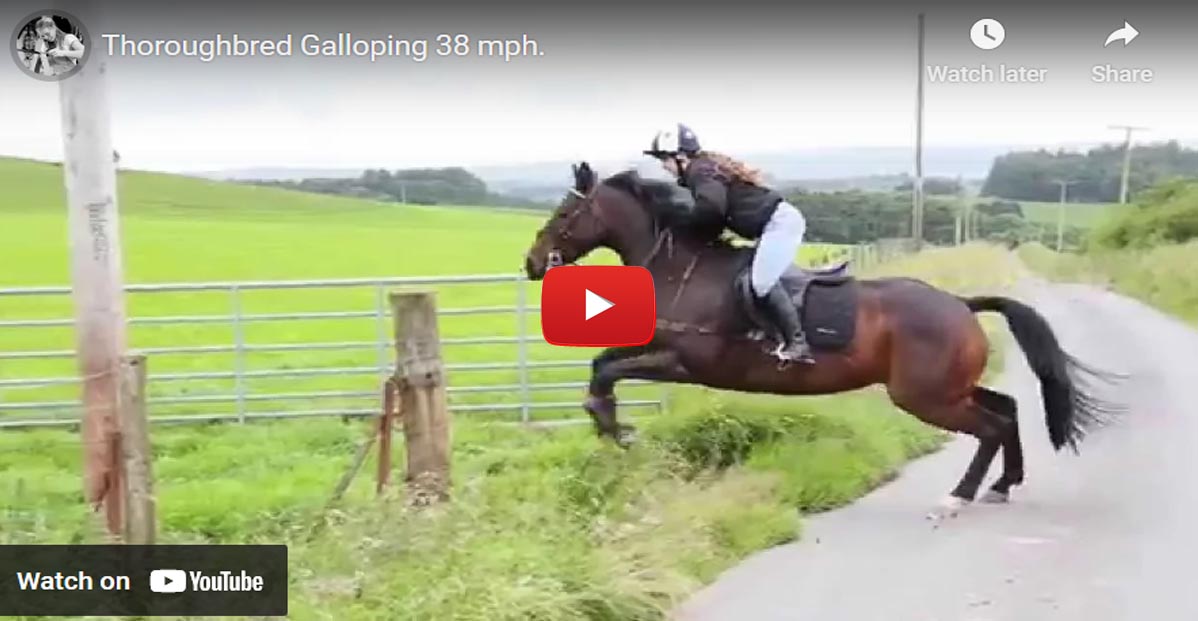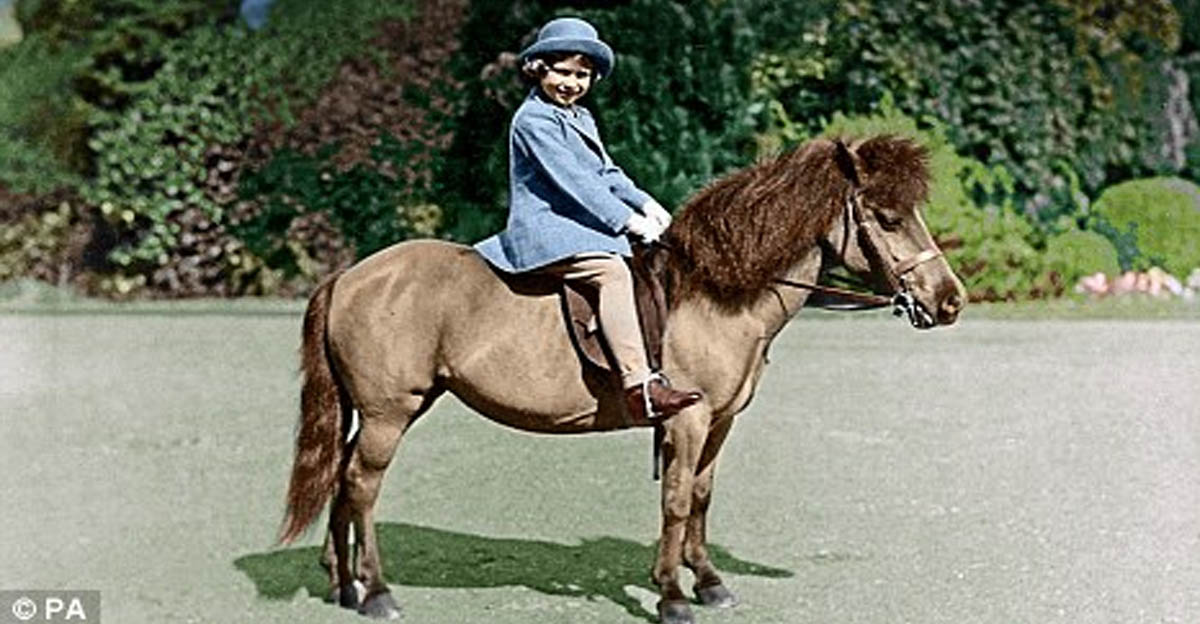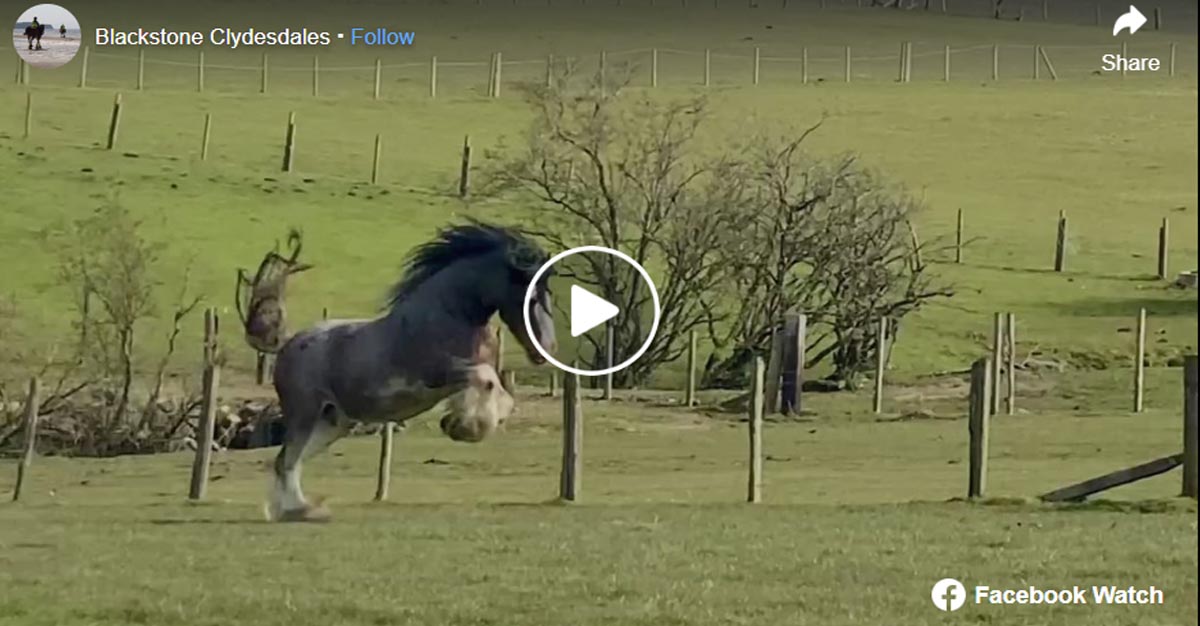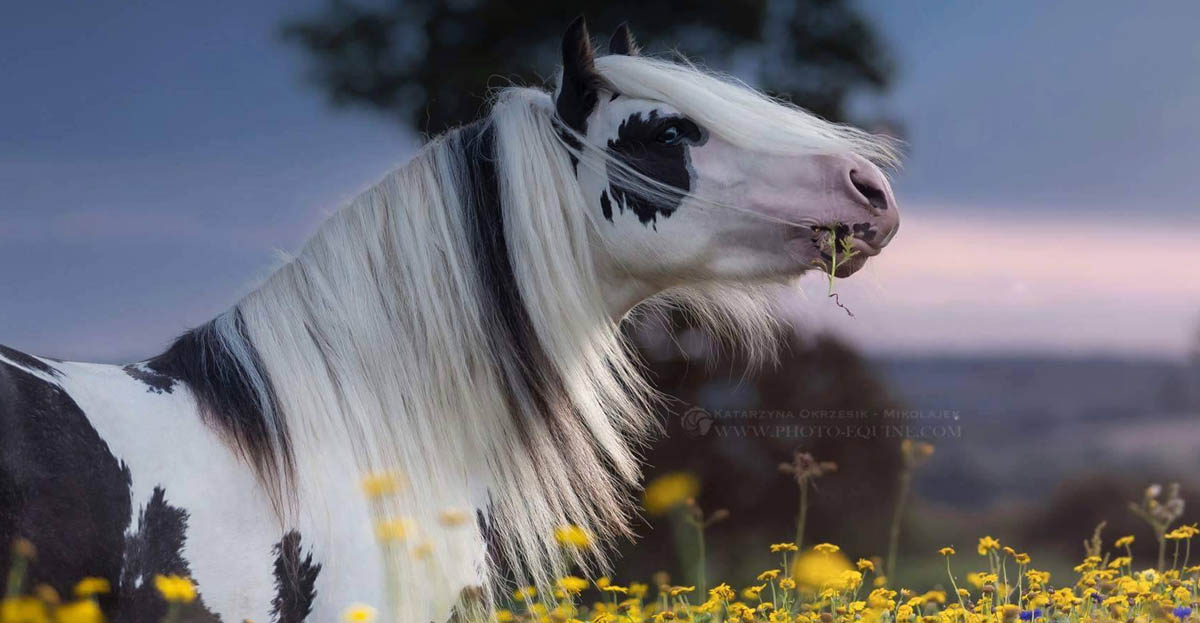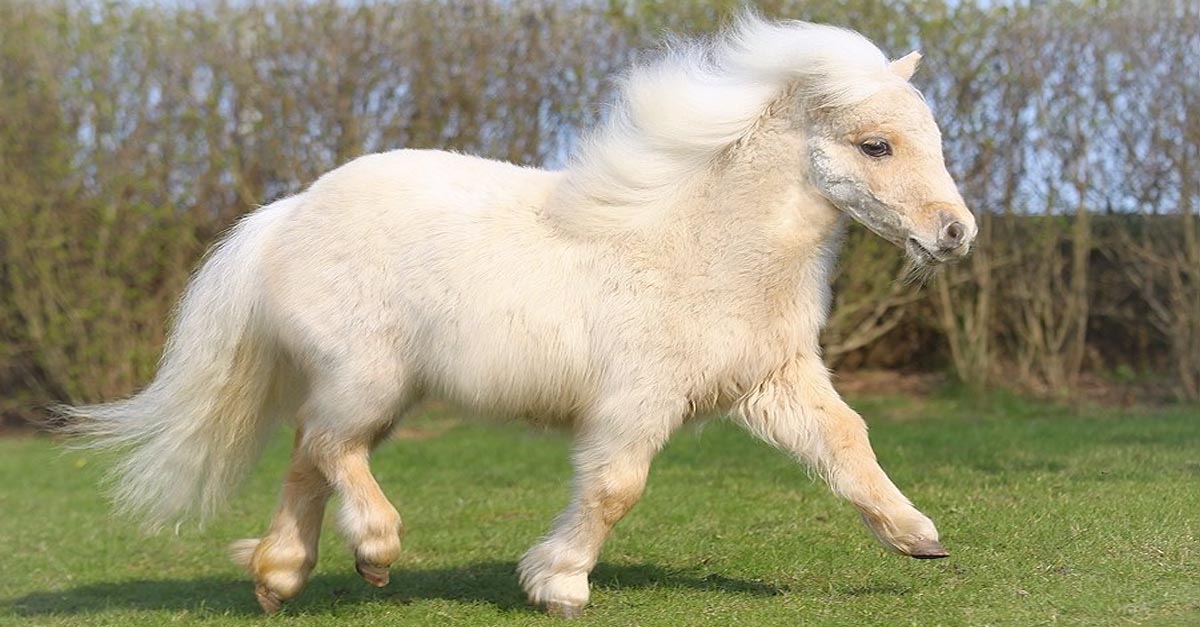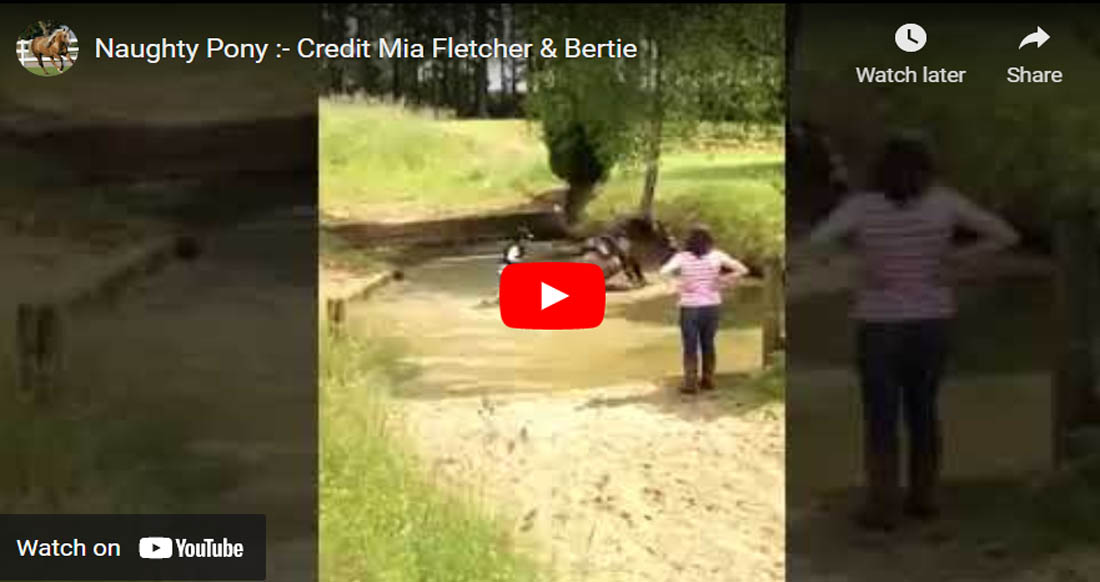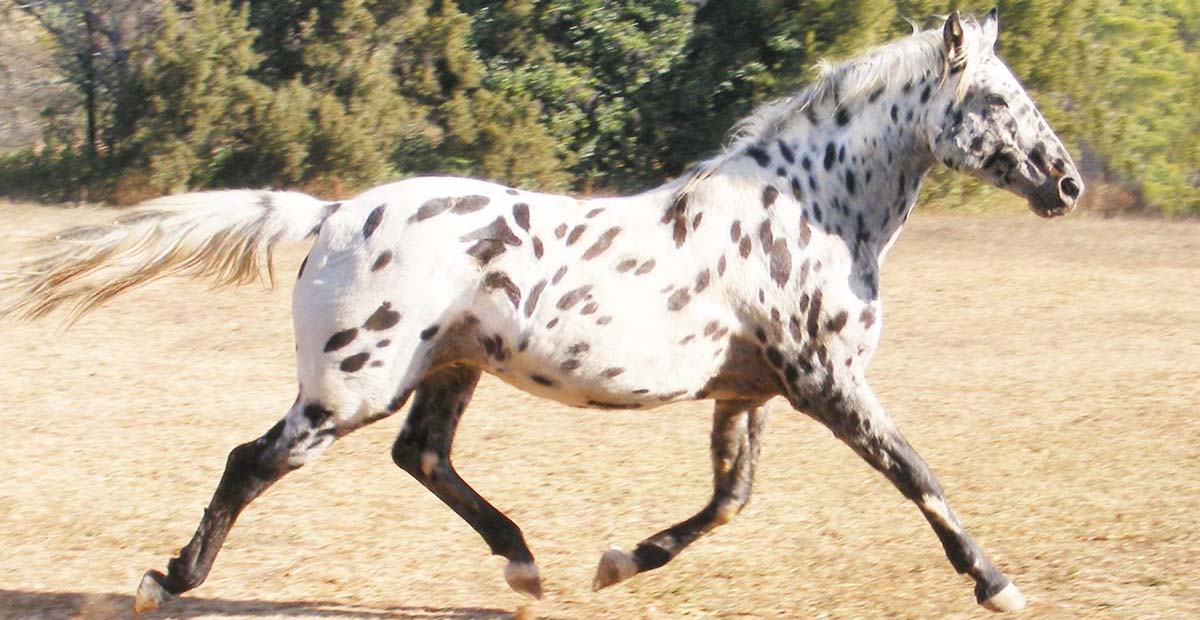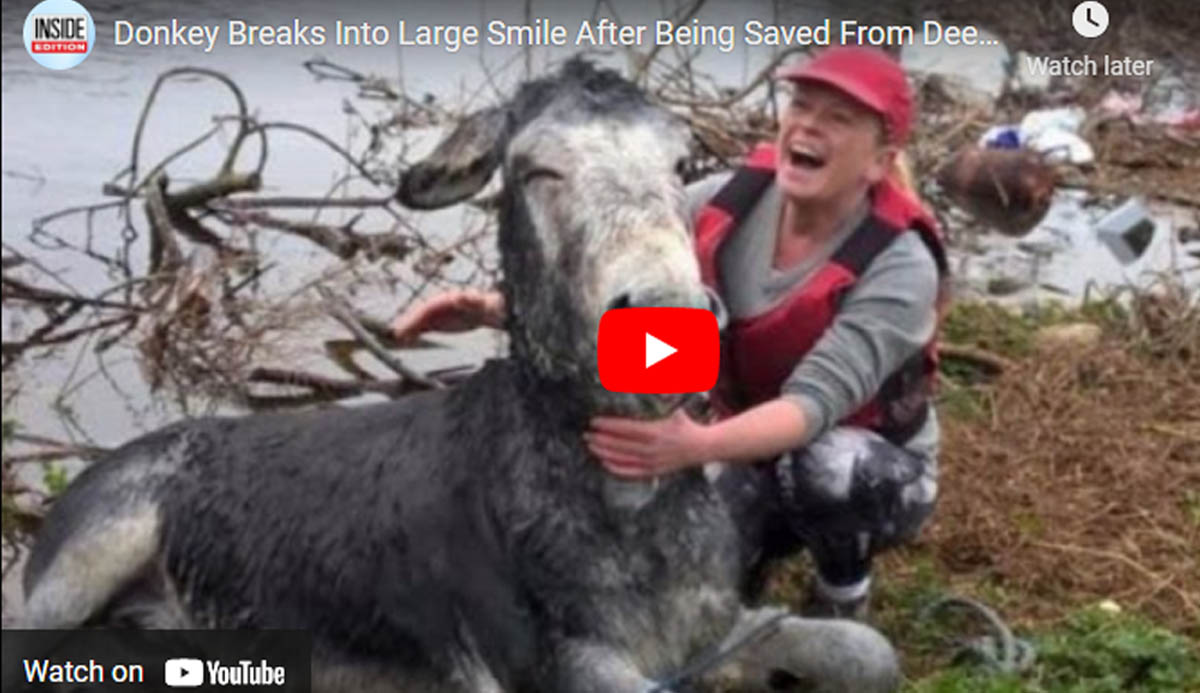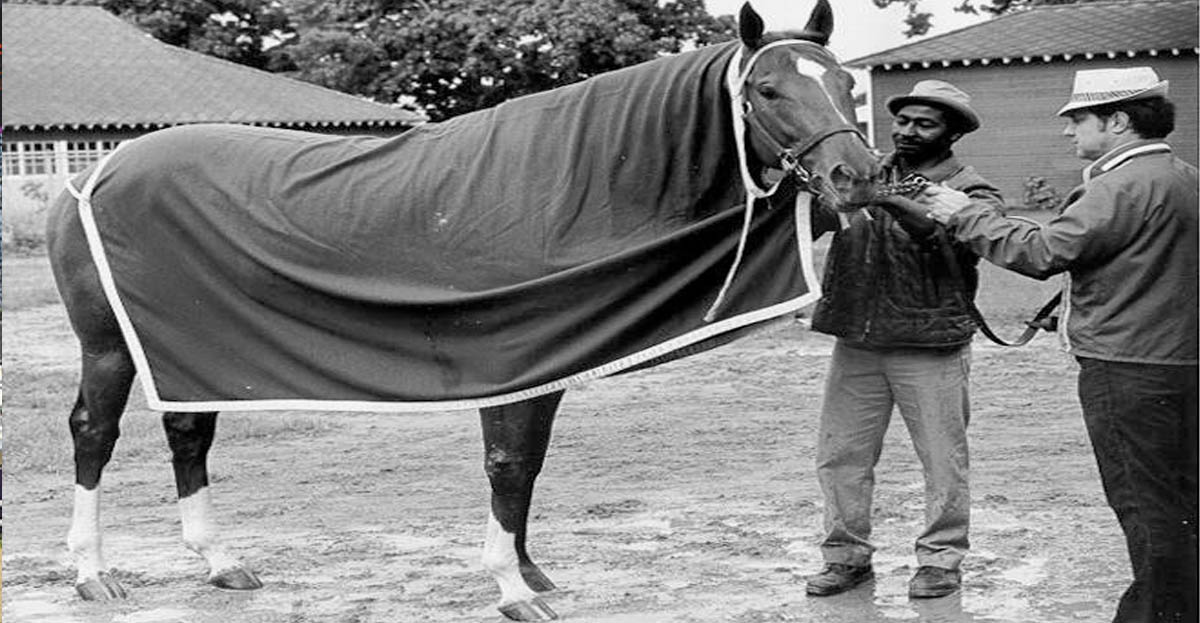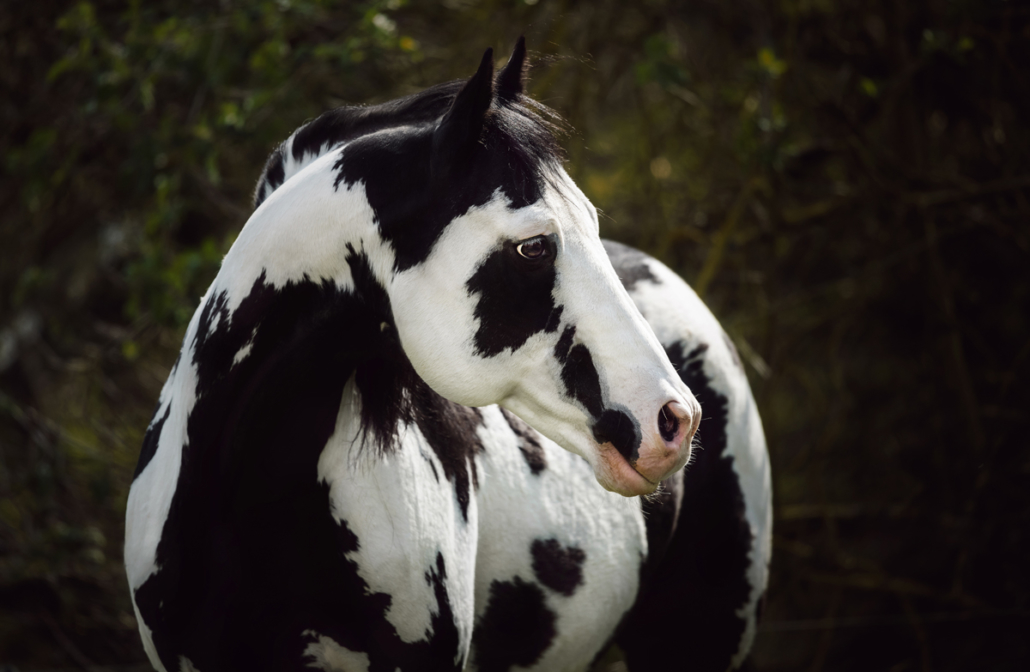Stabling Your Horse
When you buy a dog or cat, where to keep your new pet is probably one of the last things on your mind. However, for anyone who is considering buying a horse, housing is one of the biggest concerns. After all, you canít exactly give your horse a pet bed in the kitchen!
Of course, the ideal stabling situation for your new horse is a deluxe horse barn in the back yard, complete with a box stall, standard stall, tack room and feed room. However, few horse owners are actually able to provide this type of housing. Most backyard horse shelters are converted sheds or even simple lean-tos.
No matter where you stable your horse, you should be sure that the shelter has a good roof, provides protection from the weather and has a floor that can be cleaned thoroughly. In addition, there should be a way to close the horse into the building to protect him from predators at night or to contain him to make it easier for you to catch him for veterinarians and farriers. You should also build a stall in the building, with a door that can be securely latched.
If you do keep your horse in a single compartment shelter, then you should have a separate space in another building for feed, tack and grooming equipment. If your horse gets into the feed, there will be serious consequences. A horse that overeats can develop a deadly illness called colic, which is a stomach problem caused by this animalís inability to burp out gases.
You should be sure to securely fence the horseís pasture. Never use barbed wire, as your horse could be permanently lamed if he gets tangled in a downed wire. Instead, use a post and rail fence or woven wire horse fencing. Be sure the fence is high enough to prevent your horse from jumping out and sturdy enough to hold up when he decides to use a post to scratch his back.
For the people who want to own horses, but donít have an acre or more in the backyard, there is another solution. Horses can be boarded in someone elseís stable. If you know someone who has an empty stall in the barn, you may want to approach that person about renting out the stall to you. If you are living in the city, you may need to find a professional horse boarding stable, instead.
When you board your horse, you are rarely paying for more than anything but the stall. Feed, veterinary care, bedding and regular exercise will still all be your responsibility. If you are unable to visit your horse regularly, be prepared to pay much higher fees, as the stable will have to pay an employee to care for your animal. For a less costly stabling alternative, find another person who lives nearby and wants a horse. You can share ownership, which also means sharing stabling costs and the responsibility for his care.
Finally, if you can only ride your horse for a few months a year, because you will be going away to school or you will be traveling, you may want to consider leasing your horse out to take care of stabling concerns. When you lease a horse, the other person is responsible for feeding, grooming, exercising and housing the horse in exchange for the opportunity to ride him for a period of time. When the lease period is up, the horse is returned to you.

Of course, the ideal stabling situation for your new horse is a deluxe horse barn in the back yard, complete with a box stall, standard stall, tack room and feed room. However, few horse owners are actually able to provide this type of housing. Most backyard horse shelters are converted sheds or even simple lean-tos.
No matter where you stable your horse, you should be sure that the shelter has a good roof, provides protection from the weather and has a floor that can be cleaned thoroughly. In addition, there should be a way to close the horse into the building to protect him from predators at night or to contain him to make it easier for you to catch him for veterinarians and farriers. You should also build a stall in the building, with a door that can be securely latched.
If you do keep your horse in a single compartment shelter, then you should have a separate space in another building for feed, tack and grooming equipment. If your horse gets into the feed, there will be serious consequences. A horse that overeats can develop a deadly illness called colic, which is a stomach problem caused by this animalís inability to burp out gases.
You should be sure to securely fence the horseís pasture. Never use barbed wire, as your horse could be permanently lamed if he gets tangled in a downed wire. Instead, use a post and rail fence or woven wire horse fencing. Be sure the fence is high enough to prevent your horse from jumping out and sturdy enough to hold up when he decides to use a post to scratch his back.
For the people who want to own horses, but donít have an acre or more in the backyard, there is another solution. Horses can be boarded in someone elseís stable. If you know someone who has an empty stall in the barn, you may want to approach that person about renting out the stall to you. If you are living in the city, you may need to find a professional horse boarding stable, instead.
When you board your horse, you are rarely paying for more than anything but the stall. Feed, veterinary care, bedding and regular exercise will still all be your responsibility. If you are unable to visit your horse regularly, be prepared to pay much higher fees, as the stable will have to pay an employee to care for your animal. For a less costly stabling alternative, find another person who lives nearby and wants a horse. You can share ownership, which also means sharing stabling costs and the responsibility for his care.
Finally, if you can only ride your horse for a few months a year, because you will be going away to school or you will be traveling, you may want to consider leasing your horse out to take care of stabling concerns. When you lease a horse, the other person is responsible for feeding, grooming, exercising and housing the horse in exchange for the opportunity to ride him for a period of time. When the lease period is up, the horse is returned to you.



